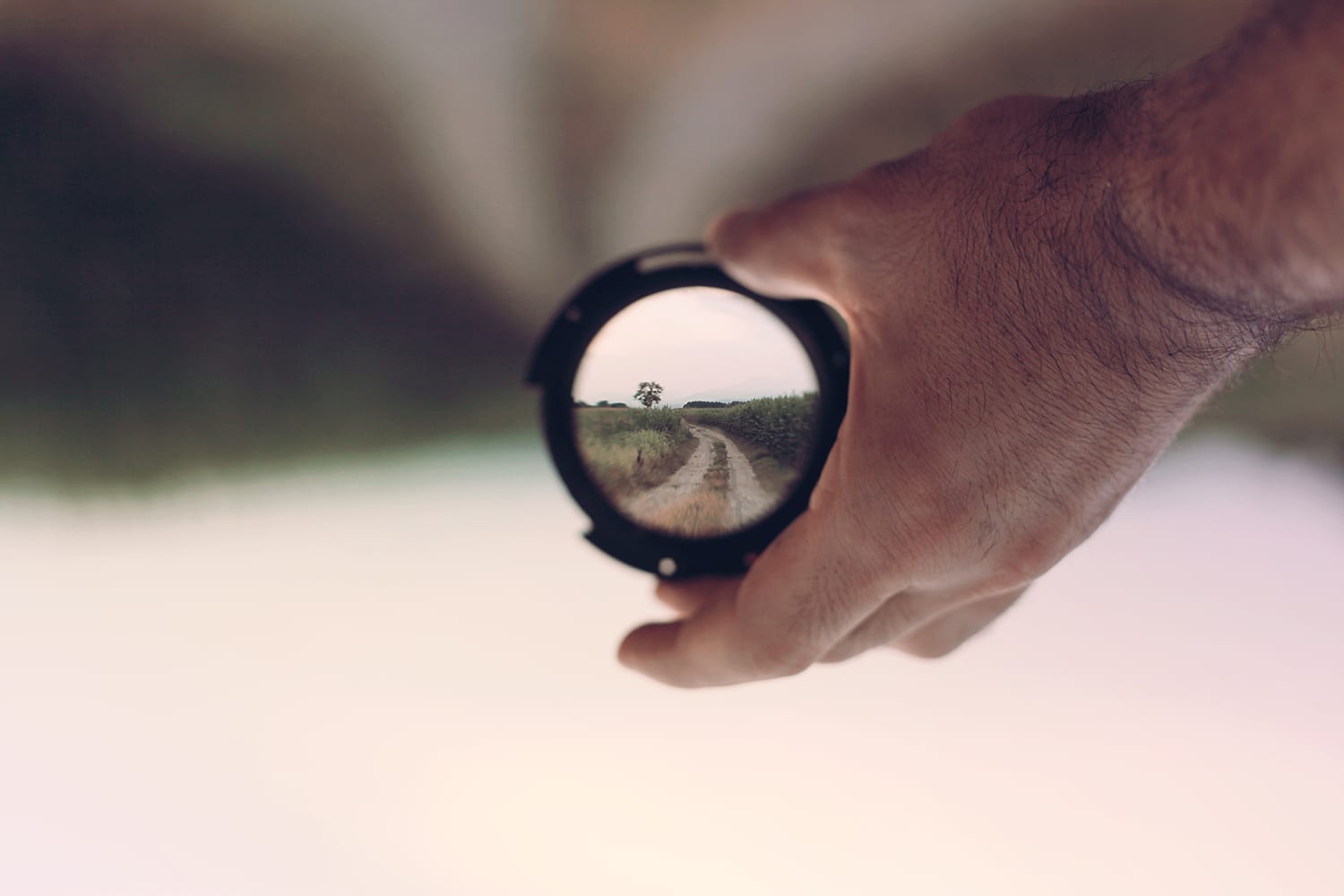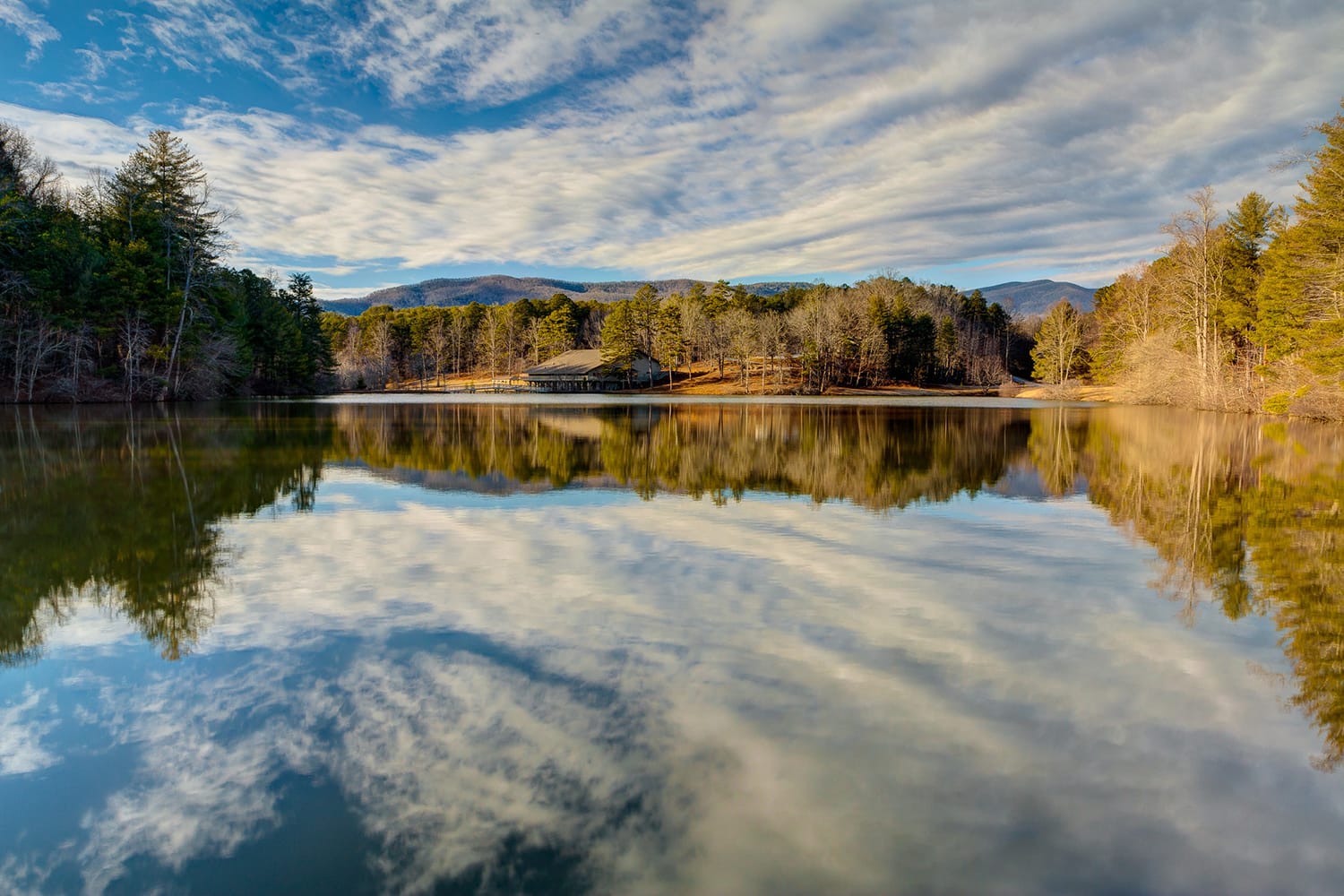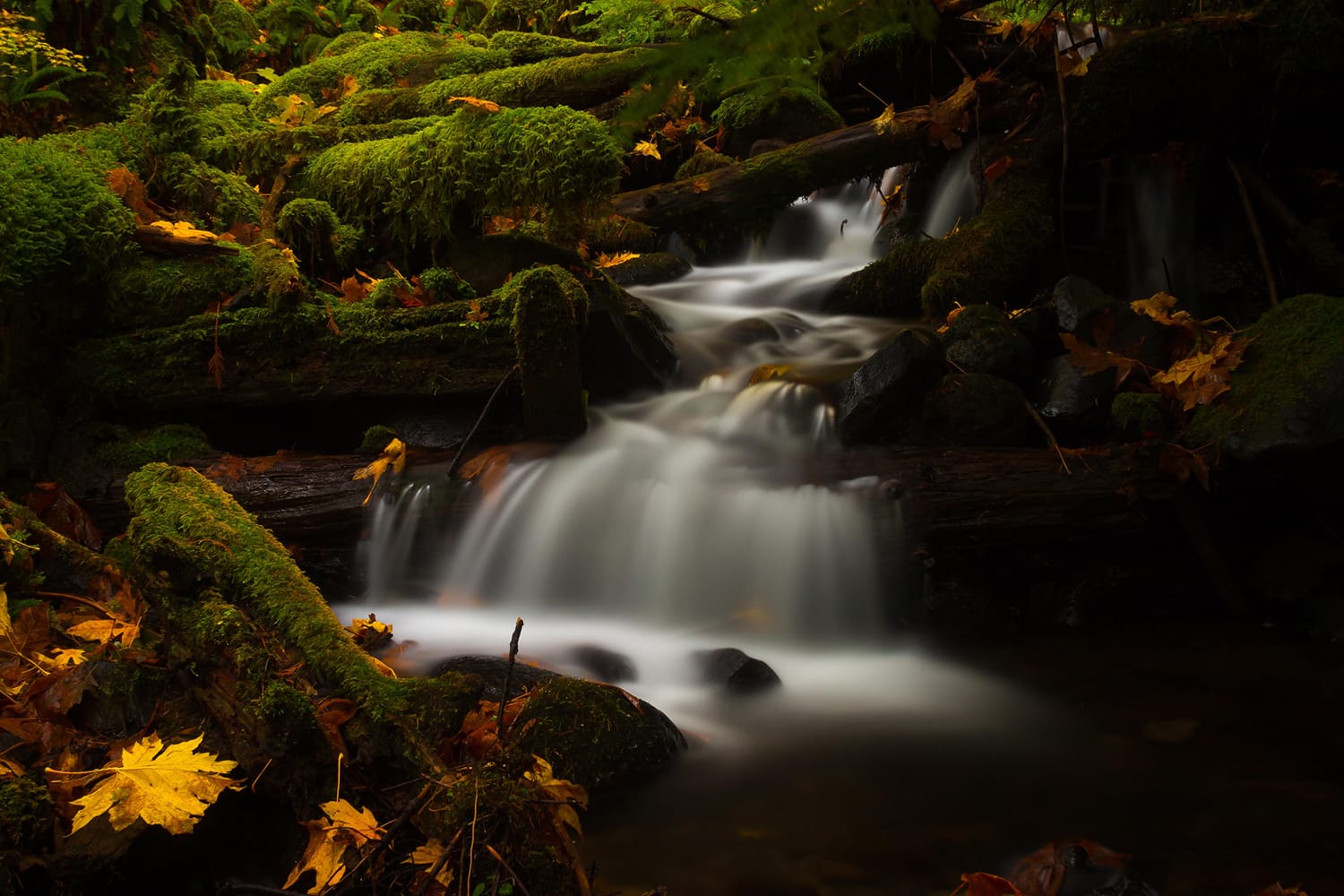Filters Explained Part 1: Landscape Photography
Are you looking to take your images to the next level? Getting ahold of some filters is one of the simplest, yet dramatic things that you can do to enhance your photography.
Filters are relatively inexpensive – but there’s a reason that they’re one accessory that’s often found in most landscape photographers’ bags. Filters can make a big difference in terms of image quality, and the type of images that you’re able to capture. From improving color saturation and reducing surface glare and reflections, to allowing you to use a slow shutter speed to capture softly blurred clouds or water, there are plenty of ways that filters can be used to enhance your images.

They’re also extremely portable and lightweight, making them easy to toss in your bag and go! In short? There’s no reason why shouldn’t use filters in your photography.
Let’s take a look at the most commonly used filters in landscape photography: polarizers, neutral density (ND) filters, graduated neutral density (GND) filters, and UV filters; as well as special effects filters; and see why you’ll want to invest in some of these options!
Polarizers

picture by Steve Hardy
First, let’s look at polarizing filters. These are one of the first filters that many photographers buy to improve their photography, and for good reason. Polarizers can make a tremendous difference in terms of image quality. They’re also one filter that cannot be mimicked in post-processing.
Once they’re attached to the lens, circular polarizers can be rotated to adjust the amount of saturation in an image. These filters are often used to improve the saturation of colors. They can reduce surface glare and reflections; for example, on the surface of wet leaves or rocks; resulting in deeper, truer hues. They also cut through atmospheric haze, making distant mountains seem clearer and less faint. Polarizers are also used to deepen the blues of the sky, and to help draw out clouds.
Polarizers are also available as warming filters, which are ideal for photographing during those times of day when the lighting is harsh and blue; often referred to as “cold lighting.” These filters can help to add a slight orange tint to an image.
Neutral Density (ND) Filters

picture by Luke Detwiler
ND filters are another invaluable filter for any serious landscape photographer. Neutral density filters act as sunshades for your lens, reducing the amount of light that comes in. Because of this, these filters can be used to facilitate slower shutter speeds; allowing you to create long exposures and capture images with effects gently blurred water, or soft, streaky clouds.
Graduated Neutral Density (GND) Filters

picture by Hafsteinn Robertsson
Similar to ND filters, graduated neutral density (GND) filters work by reducing light as well. Unlike ND filters, though, GNDs only feature part of the filter as tinted, with a gradual transition to clear on the other side.
These filters are ideal for capturing landscapes that require two different exposures – such as a bright sky, and darker foreground. By positioning the tinted section of the filter over the sky and the clear part over the foreground, you can create one image that’s properly exposed.
UV Filters

picture by Robert Pittman
UV filters are often used to protect the front element of the lens. These filters are far easier to replace than a broken lens, and are also easier to clean as well. Some UV filters have another purpose as well. Heavier-coated UV-2A, 2B, 2C, and 2E filters reduce ambient UV light – which tends to result in hazier images, especially during the summer months.
Special Effects Filters

picture by kuhnmi
Special effects filters can be used to create some fun effects, but since most of the results can be achieved in Photoshop, these filters have lost some of their popularity. Still, special effect filters are useful for photographers who are using film, or for those who enjoy creating their effects in-camera.
A classic example of special effects filters is star filters, which are designed to diffract light to create a star effect. These filters feature different point patterns such as the North Star or streak effects and are available in a range of variations.
There are also soft-focus filters for capturing a dreamy look that’s often used in portraits, and bokeh filters, which have a shape in the middle that renders out-of-focus points of light in that shape. Finally, infrared image filters are another niche filter that can be used to capture infrared imaging; they’re designed to block out all visible light; allowing only infrared radiation to reach the sensor. The result are distinct images with a surreal effect.
While many special effects filters aren’t strictly necessary, they can be a fun addition to your kit.
Types of Lens Filters
Popular filter styles include screw-on filters, as well as square and rectangular filters. Here’s a look at the pros and cons of each:
- Circular Screw-On Filters: These filters mount directly onto the front of the lens. UV filters, polarizers, and ND filters are all available as circular screw-on filters. When choosing a filter, be sure to look at the thickness. Thicker filters may add unwanted vignetting to your images, while thinner ones are a more high-quality option.
- Square and Rectangle Filters: A popular choice for landscape photographers, these filters fit into a slot that’s attached to the front of the lens. Rectangular filters are a primary choice for GND filters. The main advantage of using these filters is that you don’t need to get different sized filters for different lenses. Instead, you’ll only need a variety of adapters for your filter holders.
Filters can be a great way to improve image quality, and can also be used to capture images that would otherwise be difficult to create. If you’re looking to take the next step with your photography, then consider getting ahold of a polarizer or an ND filter. Then have fun capturing those beautiful long-exposures, images with improved color saturation, landscapes with vibrant blue skies, and other breathtaking images.
How about you? Which filters have you used in your landscape photography? We’d love to hear your thoughts on Facebook or Twitter!
